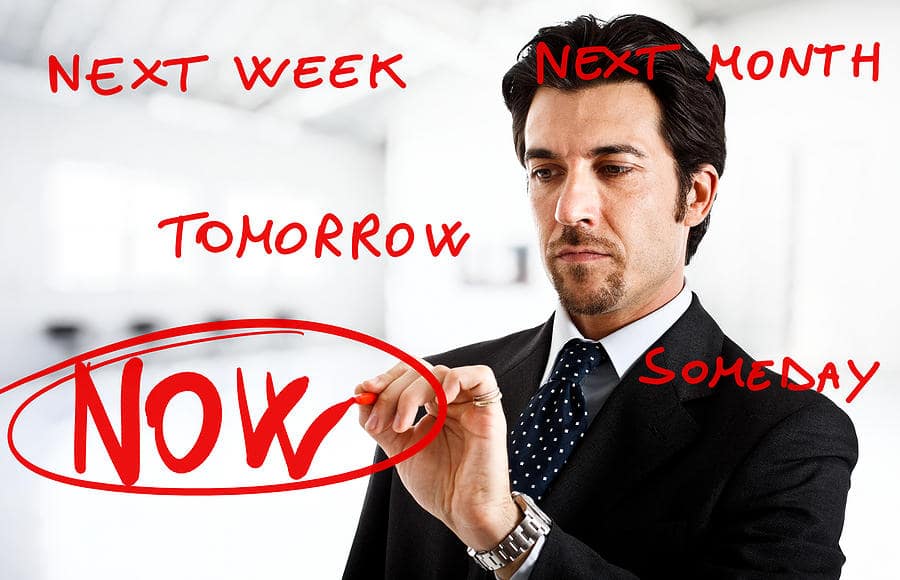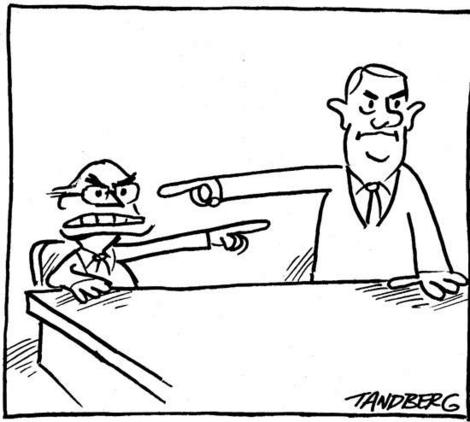BUSINESS DEVELOPMENT ADVICE FOR DIGITAL MARKETERS By Hemda Mizrahi and Joe Kashurba
Joe Kashurba grew the freelance web design business he started in high school into the digital...
Read Moreby VoiceAmerica | Nov 22, 2016 | Business | 0 |
Joe Kashurba grew the freelance web design business he started in high school into the digital...
Read Moreby VoiceAmerica | Oct 3, 2013 | Business | 0 |
A recent encounter got me thinking about inter-generational interactions in the workplace. As a...
Read Moreby VoiceAmerica | Jul 10, 2013 | Business | 0 |
As a manager or business owner, you know it’s important to recognize contributions...
Read Moreby VoiceAmerica | Jul 8, 2013 | Business | 0 |
Like many ambitious, forward thinking leaders, you have an idea and want to make it happen. It...
Read Moreby VoiceAmerica | May 22, 2013 | Business, Variety | 0 |
Most of us procrastinate at least occasionally and some of us do it more often than we like and it...
Read Moreby VoiceAmerica | May 20, 2013 | Business, Variety | 0 |
“Some favorite expressions of small children: âItâs not my fault. . . They made...
Read More






